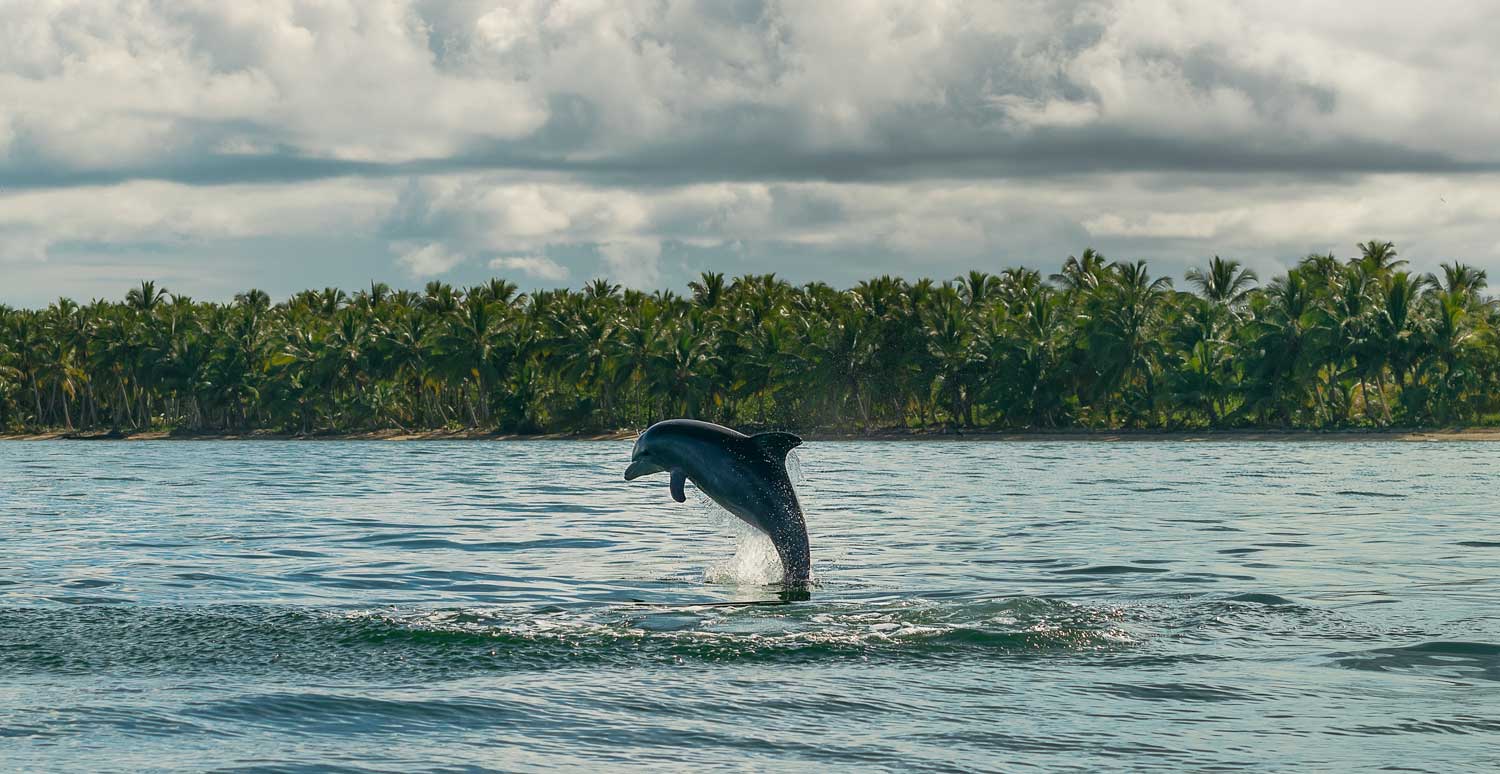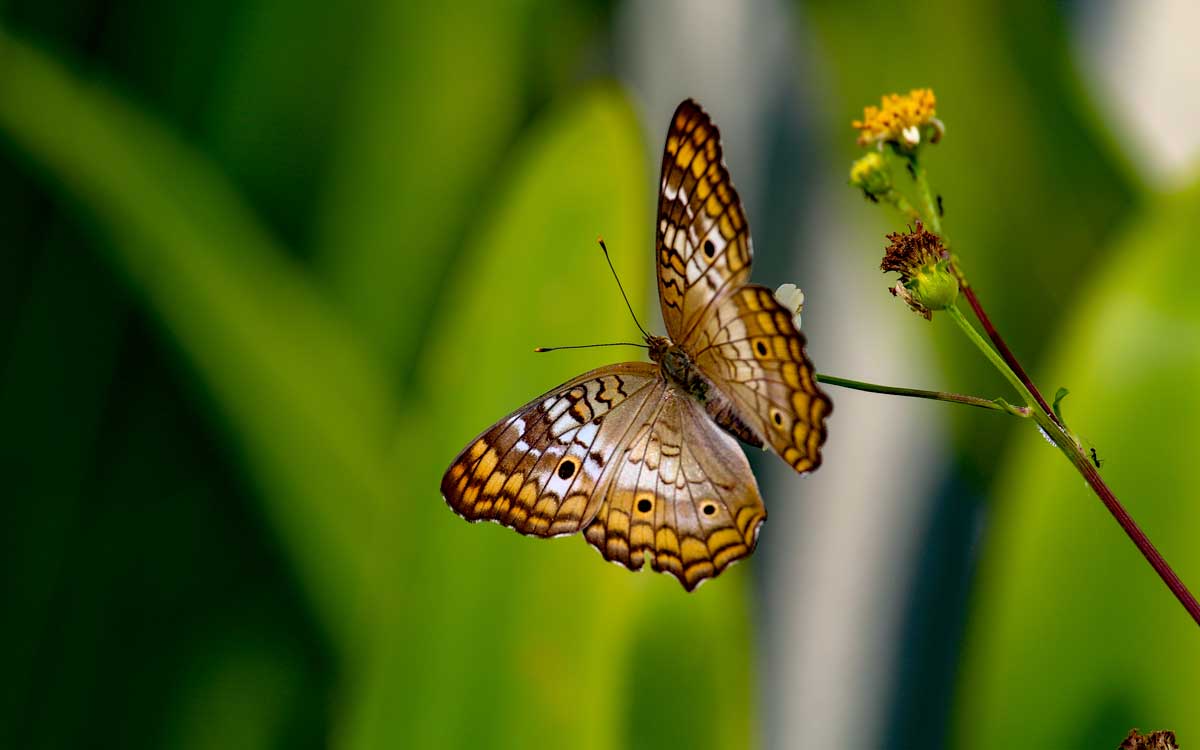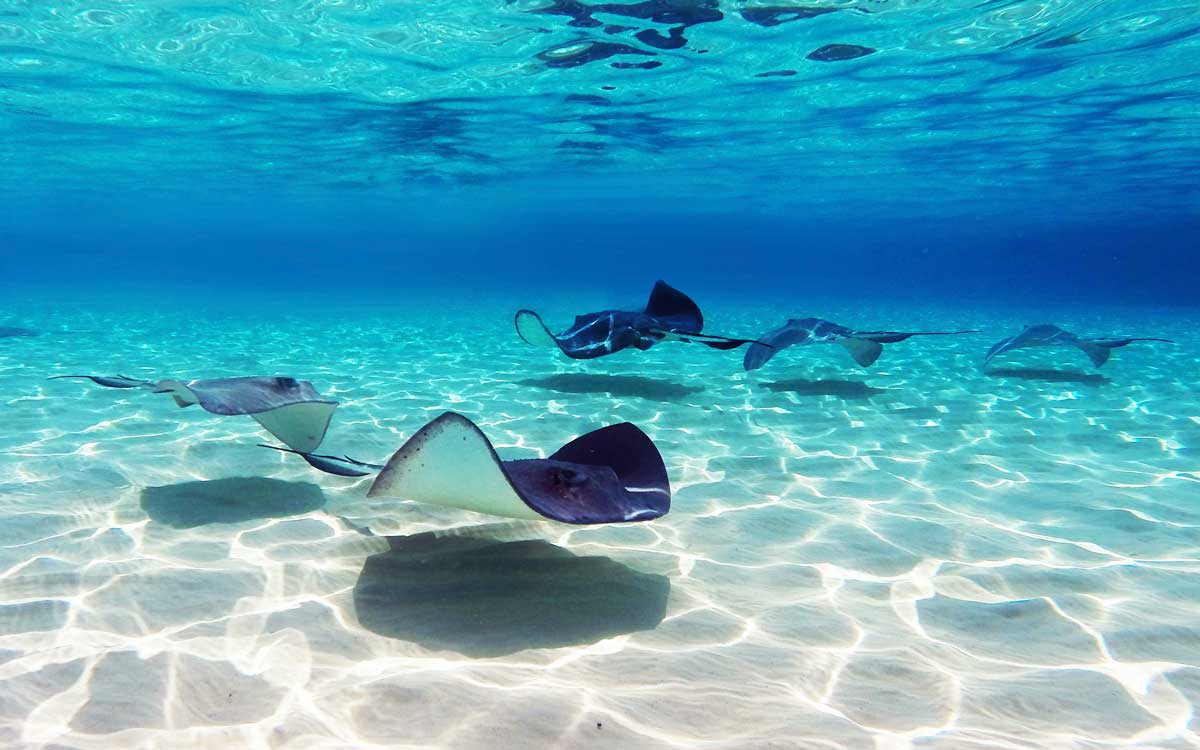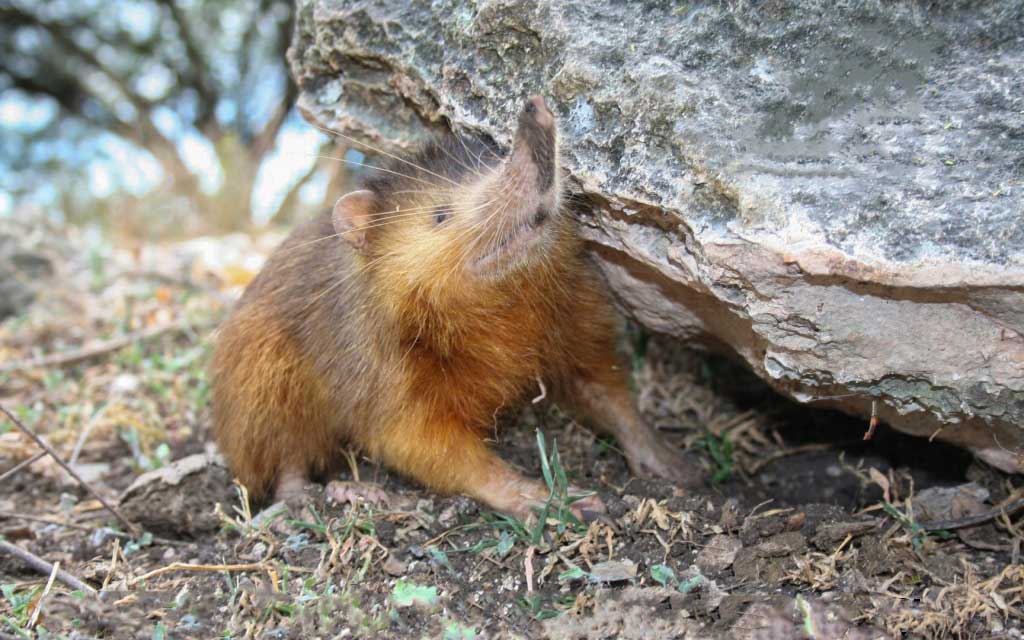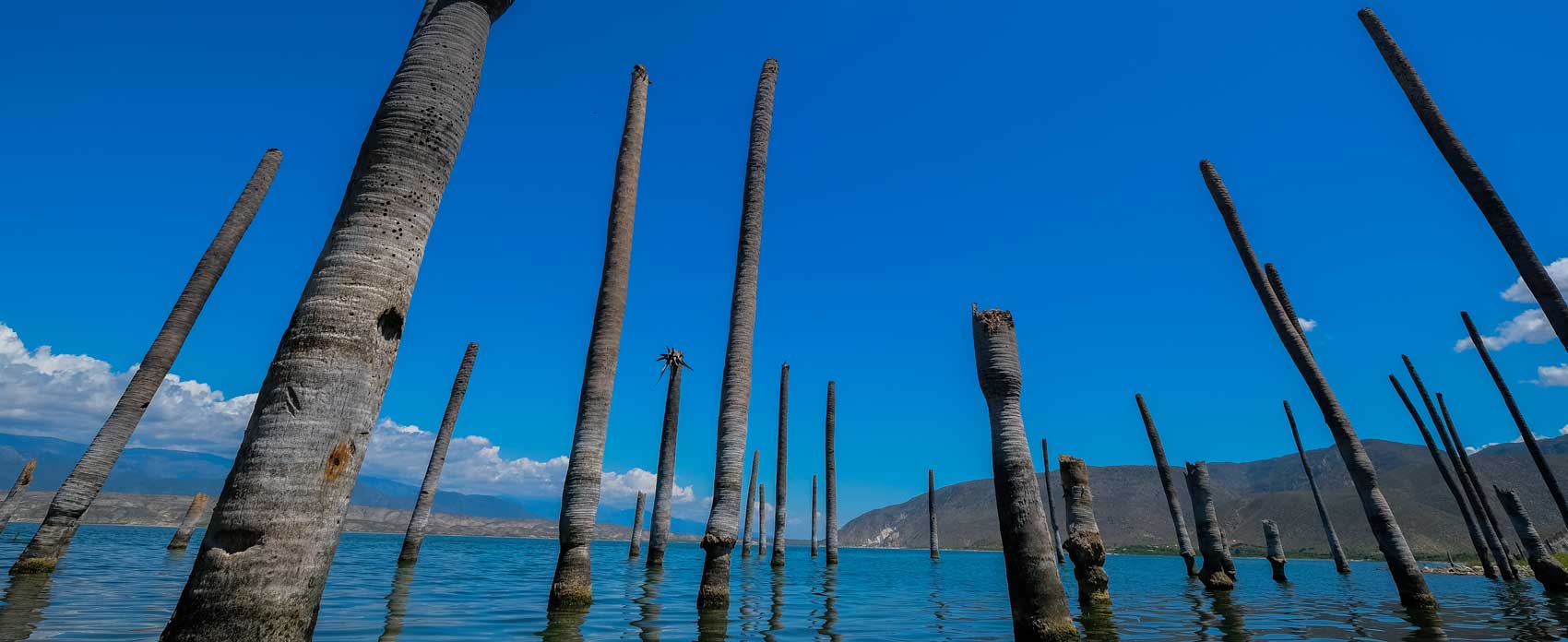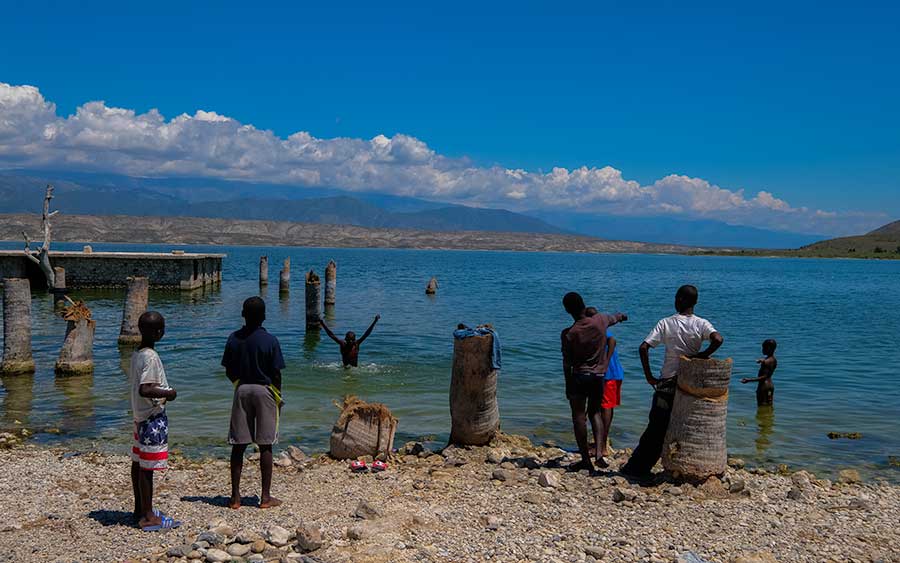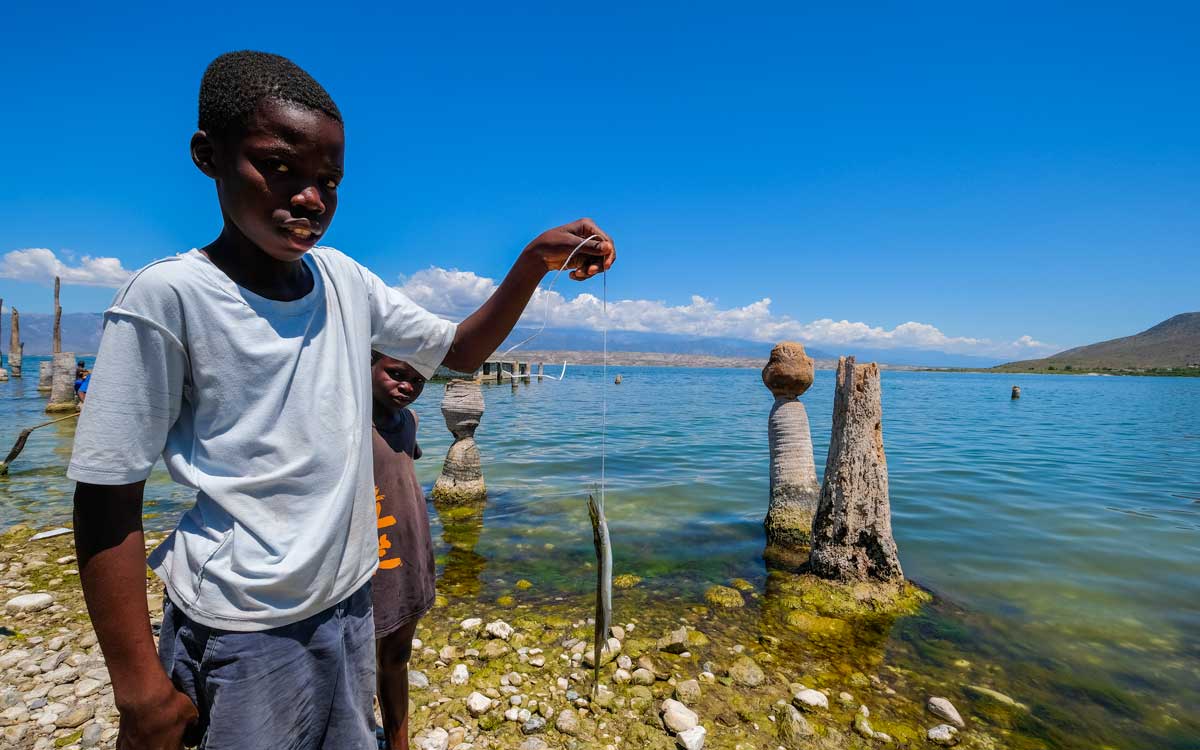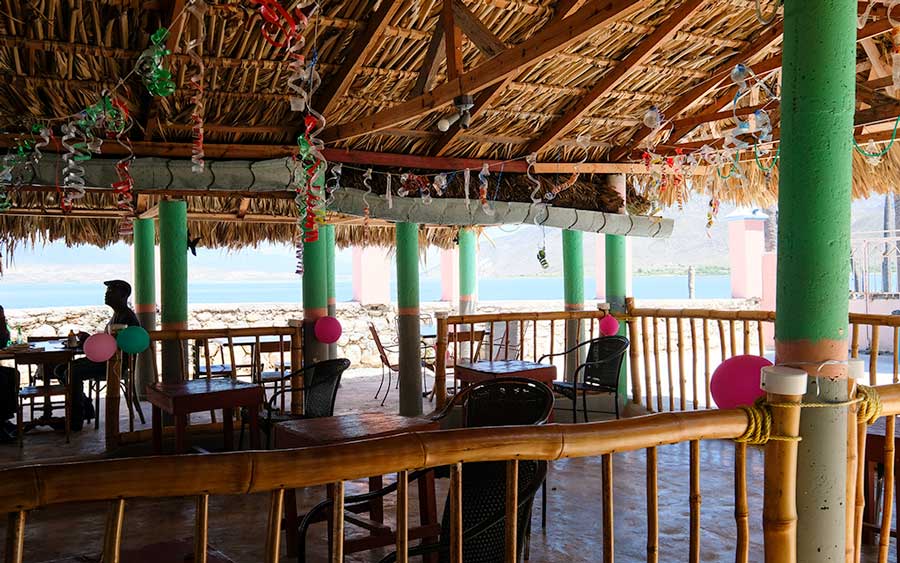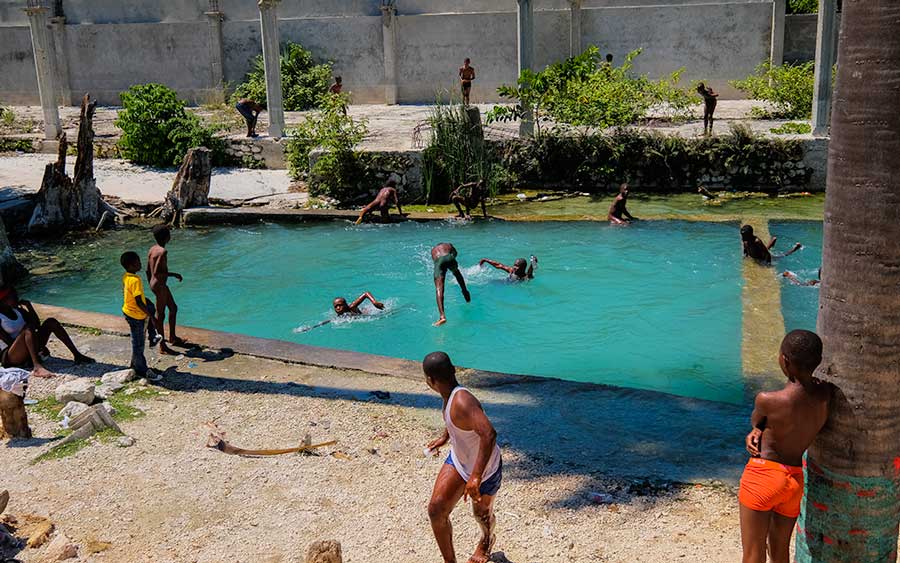
Photo: René Durocher
Top Birdwatching Sites in Haiti
Four spots to see Haitian birdlife at its best
The Hispaniola (Haiti & Dominican Republic) territory is home to over 300 kinds of birds of which 28 are endemic. The Haitian territory on its own is home to over 245 non-migratory birds of which 36 are only found in Haiti. Added to that are the sub-species specific to Haiti’s islands such as La Gonâve, La Tortue, Les Cayemittes and Île-à-Vache. A variety of migratory birds coming from North America to winter in Haïti, which makes the winter months a great escape from the cold for birds and birdwatchers alike.
Birdlife International recognizes ten different Important Bird and Biodiversity Areas in Haiti, plus one Endemic Bird Area, making Haiti a top spot for birdwatching.
Here’s a non-exhaustive list of where, when and how to enjoy a diverse selection of beautiful birds on your next trip to Haiti.
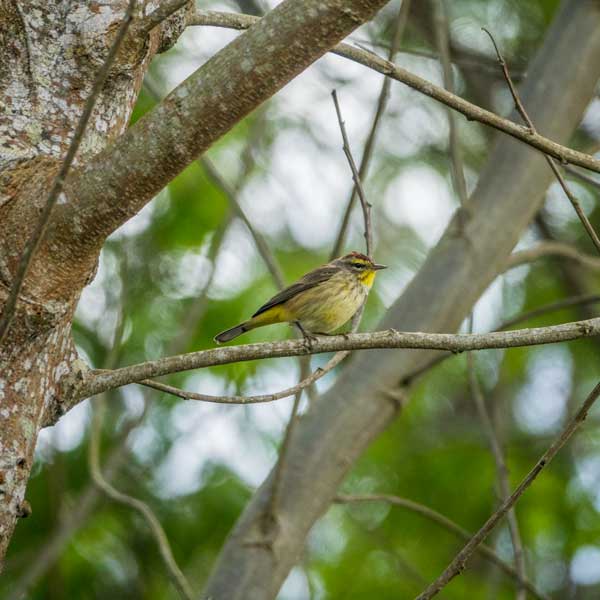
Photo: René Durocher
1. Wynne Farm
Wynne Farm is a gorgeous ecological reserve located in the mountain town of Kenscoff. Wynne Farm is dedicated to environmental protection through education. It was founded in 1956 by civil engineer Victor Ainsley Wynne with the goal of conserving Haiti’s rich biodiversity and building a more sustainable Haiti. Bird-watching is one of the farm’s experiences on offer, alongside an extensive list of activities such as yoga, camping or bee keeping. At an altitude of 6000 ft, Wynne Farm Ecological Reserve extends over 30 acres of land and is perfect for birdwatching, specifically for Haitian birds that prefer dense forests.

Photo: René Durocher
2. Parc National la Visite
Further out of Kenscoff you’ll find Parc National La Visite, a perfect place to experience Haiti’s green life while hiking and trailing near some of Haiti’s most protected species. Starting from Furcy you can hike through the park and up to Seguin through a steep but rewarding path. Once there, you have the option to go back to Furcy or walk down to Jacmel which makes for a beautiful day of hiking ending in one of Haiti’s most beautiful cities. This park has been described as a refuge, often the ultimate refuge for the country’s mountain birds. Species such as the La Selle Thrush or the Red-legged Thrush can be seen on this hike. There are over 74 species of birds living in the park, making it a top destination for bird watching.
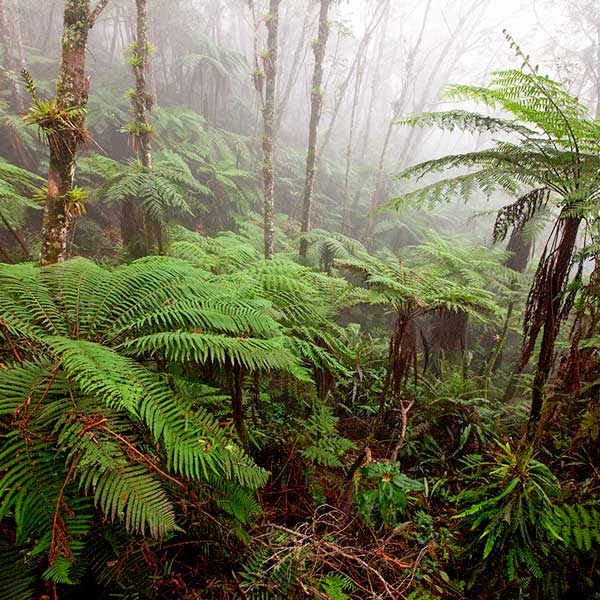
Photo: Claudio Contreras / Haiti National Trust
3. Macaya National Park
Established in 1983 The Macaya National Park is one of Haiti’s protected natural spaces. Described as a global biodiversity hotspot, Macaya is home to many endangered and endemic species of plants, birds and other Haitian wildlife. It is in the Massif de la Hotte in the South Department, bordering the department of Grand’Anse. This national reserve is home to 220 species of birds including the Antillean Mango and the Hispaniolan Trogon. The Macaya National Park is also home to some of the most beautiful scenery in Haiti and to some breathtaking waterfalls (and not far from Haiti’s largest waterfall, Saut-Mathurine).

Photo: René Durocher
4. Forêt des Pins
This top hiking spot is in the South-East department of Haiti and stretches between the border of Haiti and the Dominican Republic. It offers access to a wide range of birds that live in forests and prefer pine trees. Hiking through this forest offers a view of both countries and a characteristically Hispaniolan landscape. Check out our guide to safely hiking in the protected Forêt des Pins.
Haiti’s efforts to extend and reinforce protection of its green spaces is an ongoing movement. The activity of birdwatching continues to send the message that these species are valued and their habitat must be protected.
For an extensive resource on birding in the Caribbean, including an up-to-date list of professional birding tour guides based in Hispaniola, see The Caribbean Birding Trail’s website.
Written by Kira Paulemon.
Published March 2021
Top things to see in Haiti

Paradise for your inbox
Your monthly ticket to Haiti awaits! Get first-hand travel tips, the latest news, and inspiring stories delivered straight to your inbox—no spam, just paradise.














